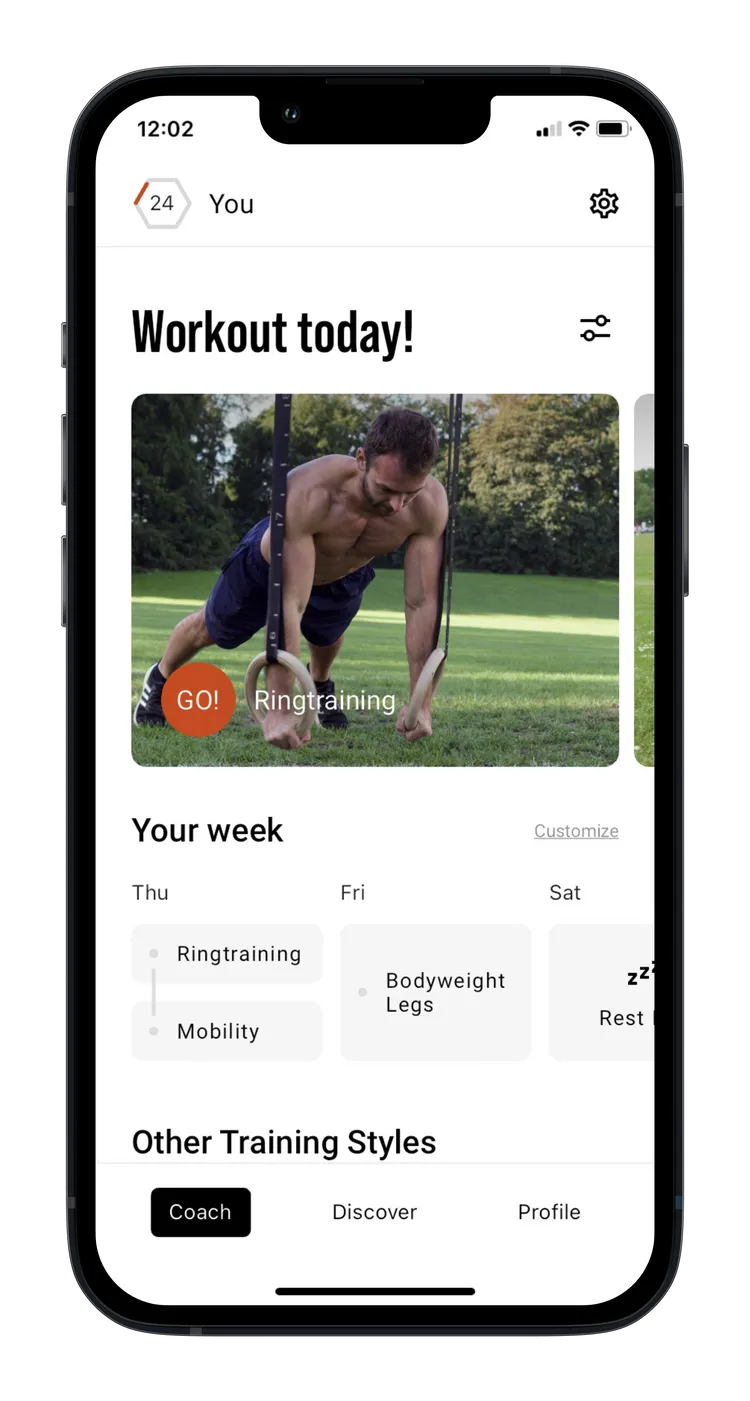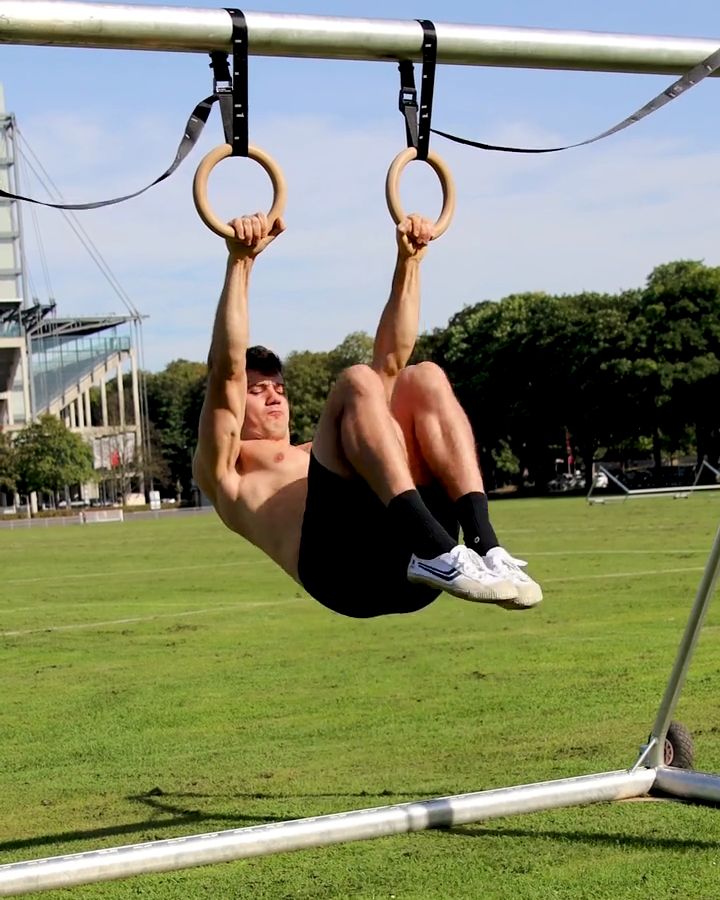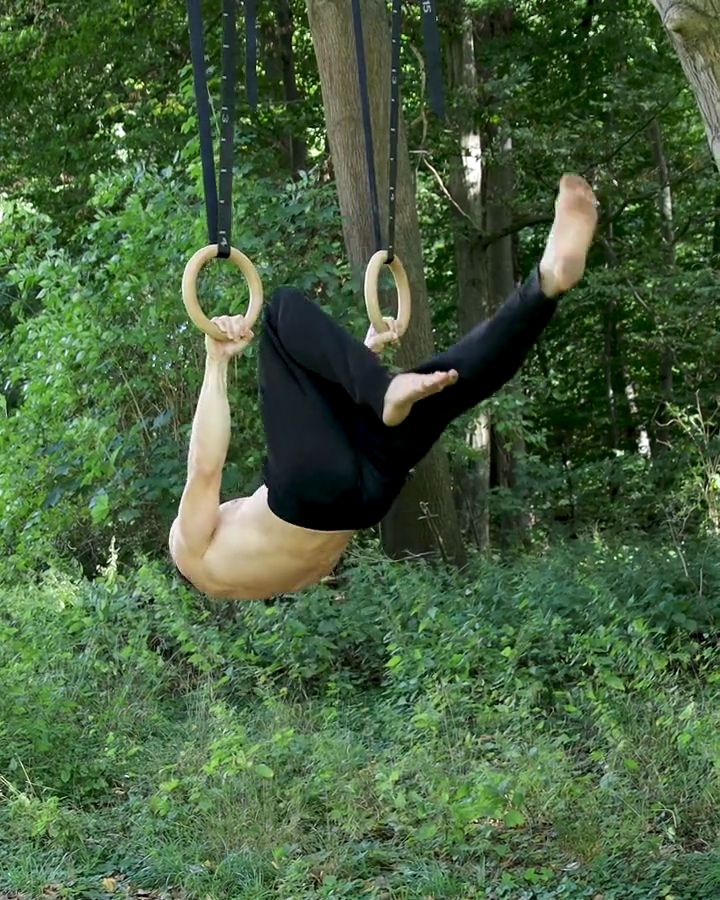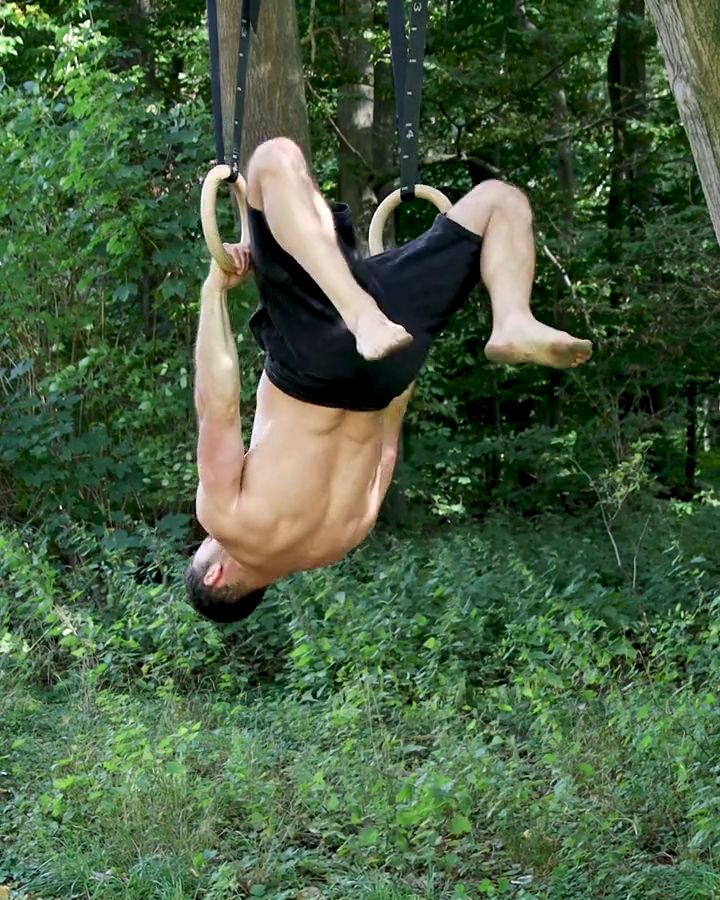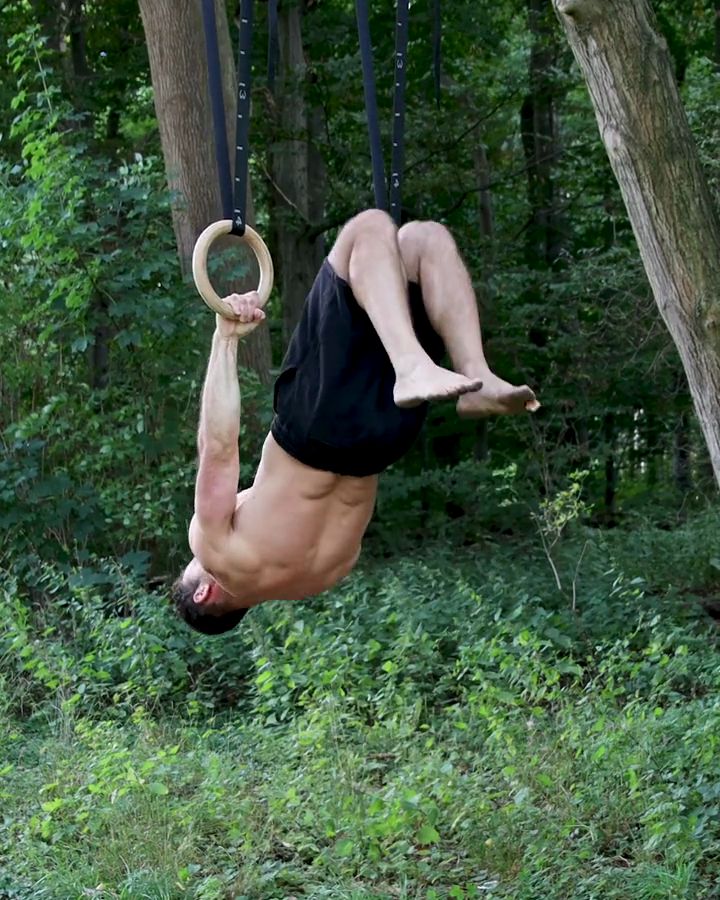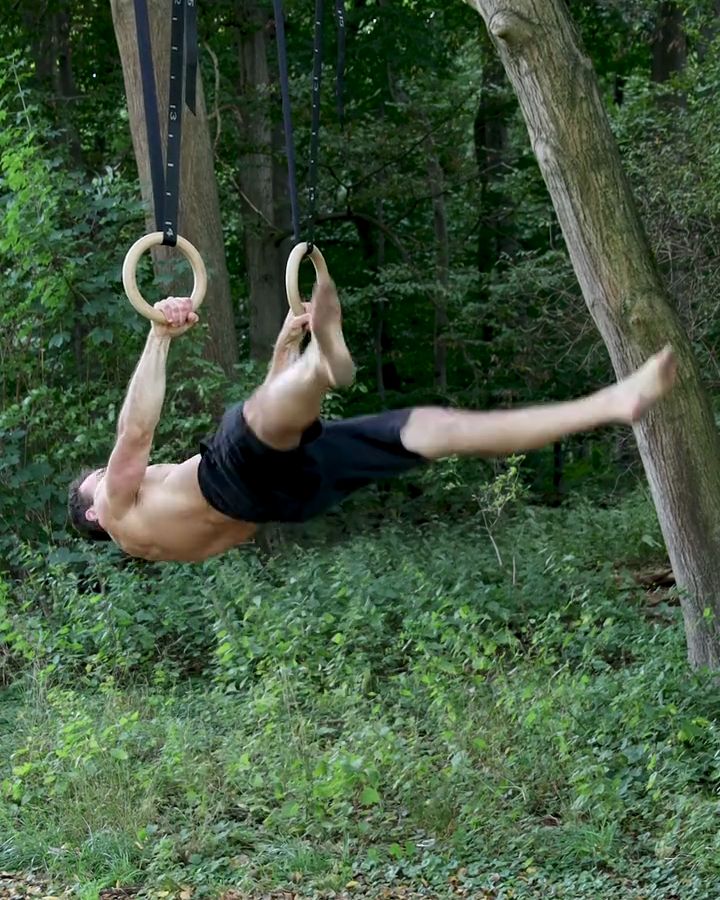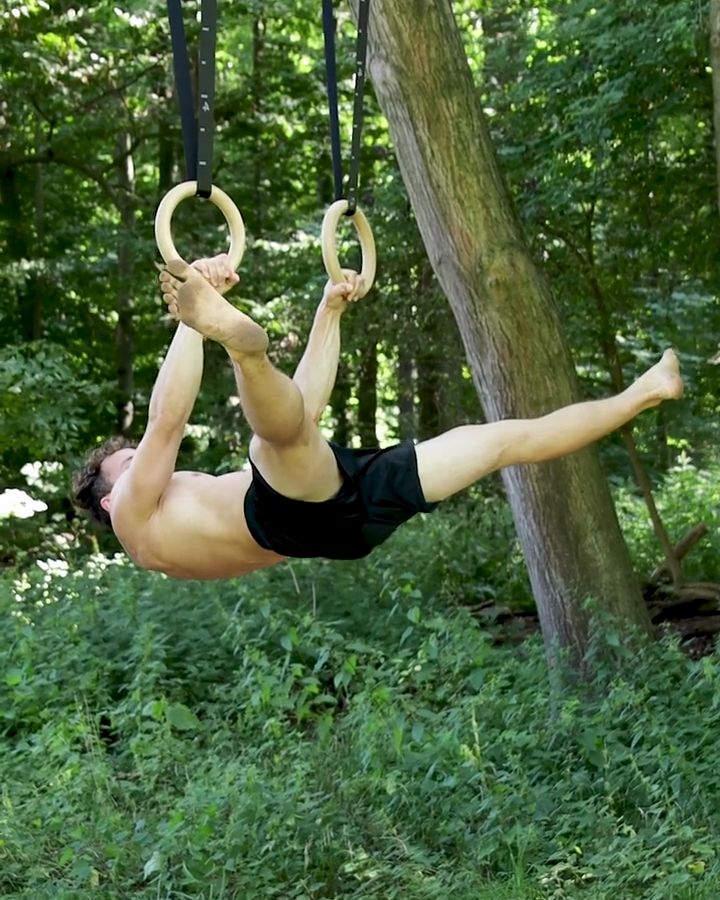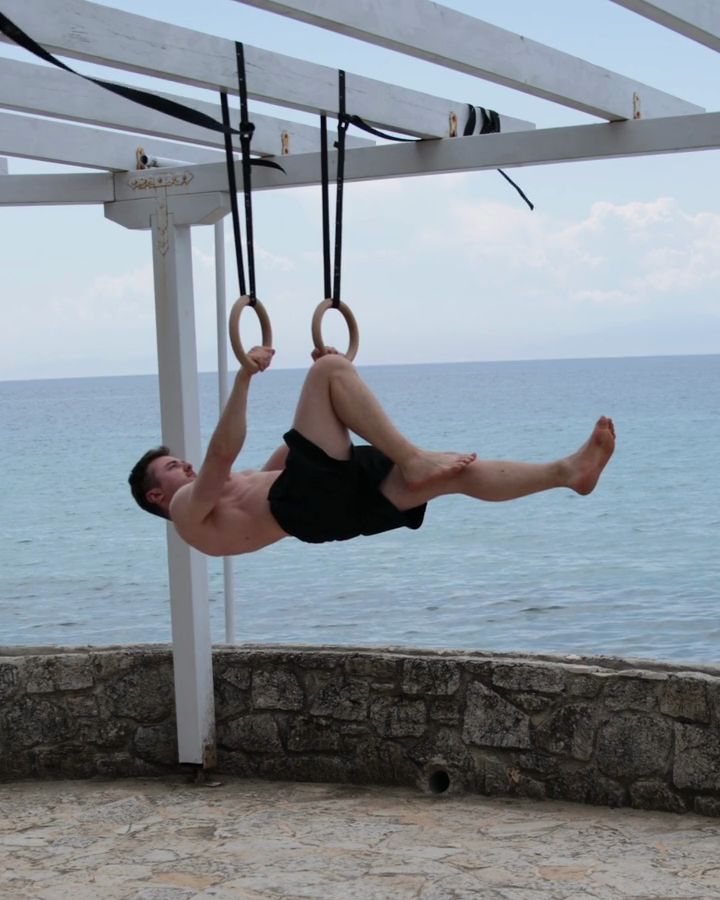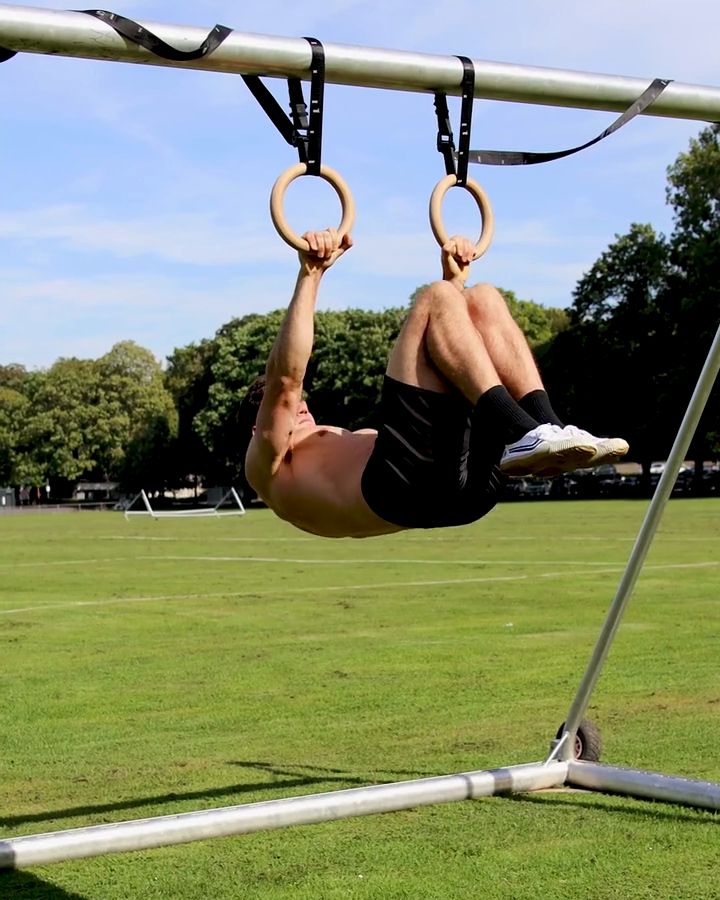Front Lever Pulls with gym rings
Front lever pulls intensely strengthen the back, triceps, and core. In this exercise, the body is repeatedly pulled from a hanging position through the horizontal front lever position up to an inverted hang—a movement that requires tremendous body tension and strength. This exercise is one of the most challenging straight-arm pulling exercises and is an important component of training for the front lever.
Necessary equipment
Front Lever Pulls with gym rings - the correct execution
- Start in hang position
- Pull the shoulder blades back down
- Pull yourself into the inverted hang position with an extended body
- Arms remain extended throughout
- Lower yourself back into the hang with your body extended
- Keep maximum tension in core and glutes
The exercise Front Lever Pulls is intended to be used as a hypertrophy, technique exercise.
Which muscles are trained by Front Lever Pulls?








Primary trained muscles for Front Lever Pulls
Latissimus - The latissimus dorsi is a large muscle in your back that helps you pull your arm down and back. It also supports breathing and stabilizes the spine.
Upper Back - The muscles in the upper back, including the trapezius and rhomboid muscles, help move and stabilize your shoulders. They pull the shoulder blades together and support posture.
Secondary trained muscles for Front Lever Pulls
Abs - The rectus abdominis, also known as the "abs," runs vertically along the front of the abdomen. It is responsible for bending the torso forward, such as during sit-ups, and lifting the pelvis. This muscle stabilizes the torso, supports the spine, and helps maintain good posture.
Alternative variants of Front Lever Pulls with gym rings:
Tuck Front Lever Pulls
Tuck front lever pulls reduce the lever arm by bringing the legs close to the body, making the exercise easier.
Necessary equipment
Tuck Front Lever Pulls - the correct execution
- Start in the hang
- Pull the shoulder blades back down
- Angle the hips 90 degrees
- Bend your knees
- Pull yourself into the inverted hang
- Arms remain extended throughout
- Lower yourself back into the hang position
- Keep maximum tension in torso and buttocks
One Leg Front Lever Pulls
One-leg front lever pulls increase the difficulty compared to tuck front lever pulls by extending one leg, which lengthens the lever arm. This increases the load on the targeted muscles.
Necessary equipment
One Leg Front Lever Pulls - the correct execution
- Start in hang position
- Pull the shoulder blades back down
- Angle the left leg
- Right leg remains extended throughout
- Pull yourself into the inverted hang
- Lower yourself back into the hang position
- Keep maximum tension in torso and buttocks
Half Lay Straddle Front Lever Pulls
The half-lay straddle front lever pulls are a more challenging variation of the one-leg front lever pulls due to the lever arm position.
Necessary equipment
Half Lay Straddle Front Lever Pulls - the correct execution
- Start in hang position
- Pull your shoulder blades back down
- Angle your knees 90 degrees and spread your legs
- Pull yourself into the inverted hang
- Arms remain extended throughout
- Hips remain extended throughout
- Lower yourself back into the hang position
- Keep maximum tension in torso and buttocks
Half Lay Front Lever Pulls
The half-lay front lever pulls are an advanced variation in which the body is almost fully extended, with only a slight bend in the knees. This exercise specifically builds the strength needed for the full front lever.
Necessary equipment
Half Lay Front Lever Pulls - the correct execution
- Start in a hang position
- Pull the shoulder blades back down
- Angle your knees 90 degrees
- Pull yourself into the inverted hang
- Arms remain extended throughout
- Hips remain extended throughout
- Lower yourself back into the hang position
- Keep maximum tension in torso and buttocks
Straddle Front Lever Pulls with gym rings
The straddle front lever pulls are another challenging progression, with the legs fully extended and spread apart, making the exercise very close in difficulty to the full front lever pull.
Necessary equipment
Straddle Front Lever Pulls with gym rings - the correct execution
- Start in a hang position
- Pull your shoulder blades back down
- Spread your legs
- Pull yourself into the inverted hang
- Arms remain extended throughout
- Hips remain extended throughout
- Lower yourself back into the hang position
- Keep maximum tension in torso and buttocks
Similar exercises to Front Lever Pulls
Straddle Front Lever
The Straddle Front Lever on the gymnastic rings is a challenging full-body exercise that primarily engages the core and back muscles. In this position, the body is held parallel to the ground while the legs are spread apart. This reduces the leverage compared to the fully extended version, making balance easier, but it still requires significant body tension and core strength.
An easier alternative is the Tuck Front Lever, where the legs are bent. This variation is especially suitable for beginners, as it shortens the leverage further and reduces the strain.
For advanced athletes, the Full Front Lever presents the greatest challenge. In this version, the body remains fully extended, demanding maximum strength and stability in the core and back.
One Leg Front Lever with gym rings
The One Leg Front Lever on the gymnastic rings is a popular preparatory exercise for the Full Front Lever, where both legs are fully extended. In the One Leg Front Lever, however, only one leg is stretched out, as the name suggests. The difficulty of this exercise can be adjusted: the closer you pull the bent leg or knee towards your body, the easier it gets. On the other hand, if you push the bent leg further forward, the exercise becomes more challenging. The One Leg Front Lever is one of the best-known progressions on the way to the full Front Lever. Another useful step in between is the Straddle Front Lever.
Negative Tuck Front Lever with gym rings
The Negative Tuck Front Lever is a variation of Front Lever Pulls, where you pull from a dead hang into an inverted hang on the rings and then slowly lower back to the hang in the Tuck Front Lever position. This exercise takes advantage of the fact that muscles are stronger in the eccentric phase than in the concentric phase, as explained here: Eccentric Muscle Training.
It allows you to train the Front Lever position even if you don’t yet have the strength to hold it statically. The Negative Tuck Front Lever is an excellent preparatory exercise for the Front Lever Pull.
This could also be interesting
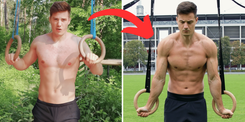
Calisthenics Body Transformation – How to Build a Strong, Lean, and Athletic Physique
Transform your body with Calisthenics! Build muscle, burn fat & achieve a shredded physique with bodyweight training. See real before & after results!
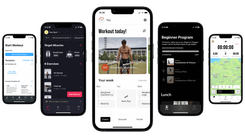
The Best Fitness Apps in 2025: Our Top 10 Recommendations
Don’t miss the best fitness apps of 2025: surprising favorites, free options, and perfect tools for your workouts. Find the ideal app today!
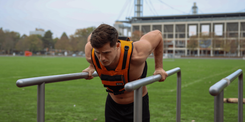
Complete Calisthenics Skills List – 40+ Exercises from Beginner to Pro
Which calisthenics skills should you learn first? And which ones will really help you progress? In this article, you’ll find a complete list of over 40 exercises – from the very basics to the toughest moves for professionals. Each exercise comes with instructions, so you can immediately integrate them into your training.
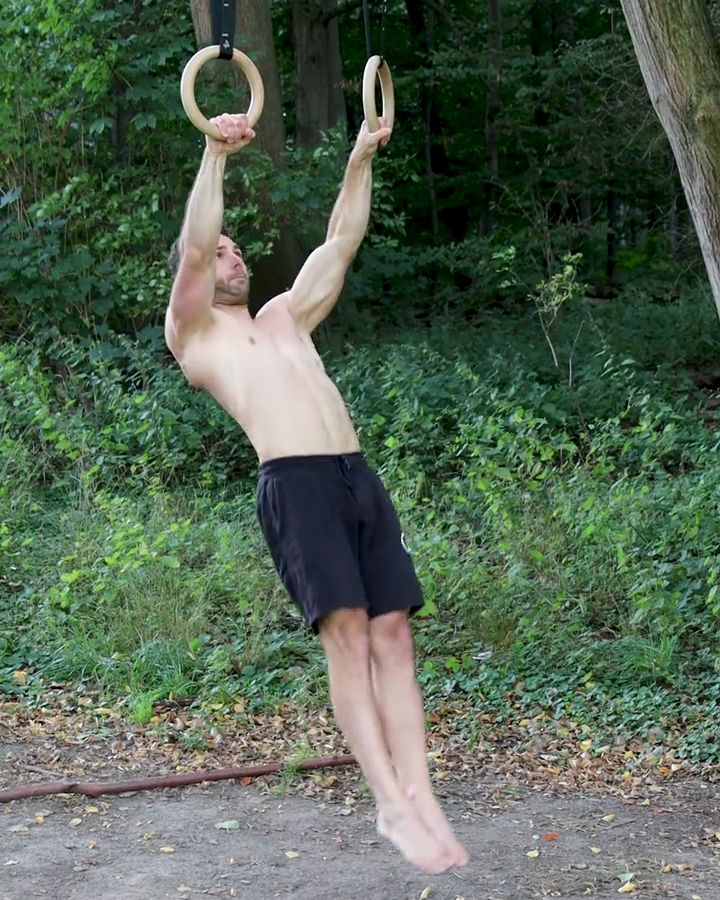
~e5724973d14549c23ea8a586b5736b36.png?alt=media)
